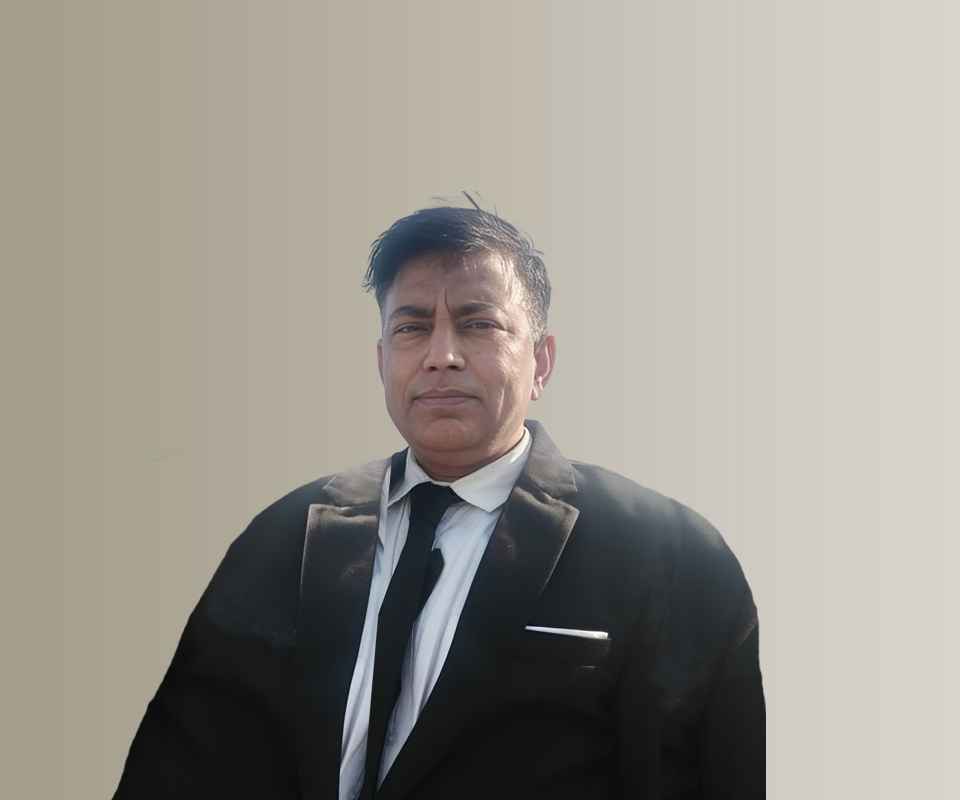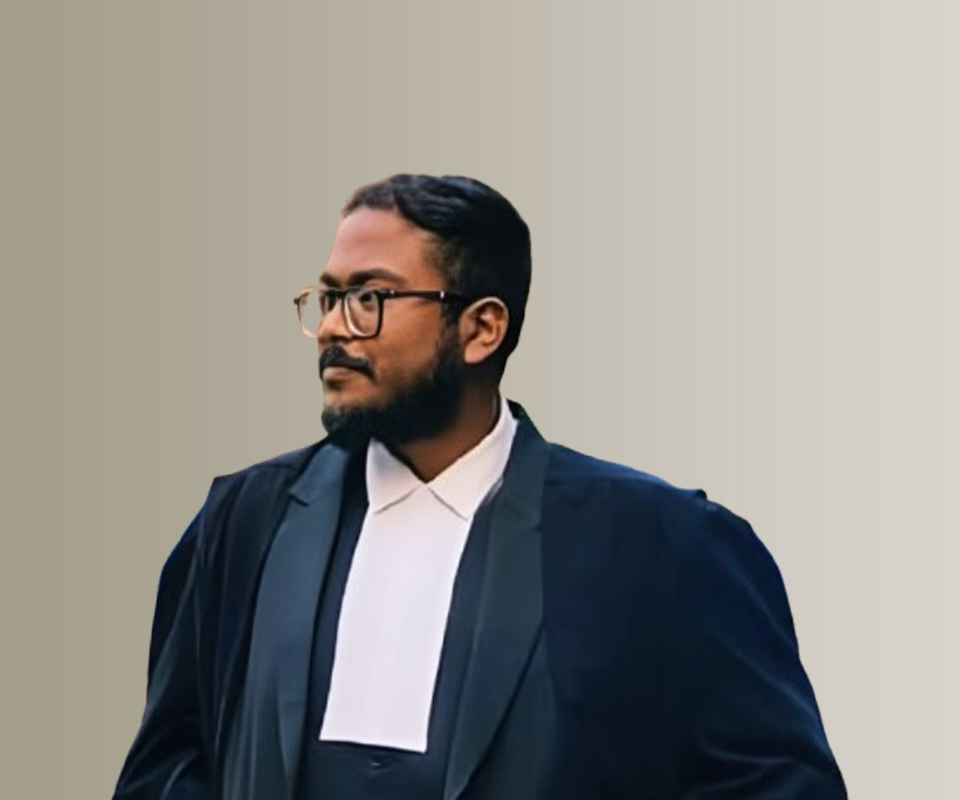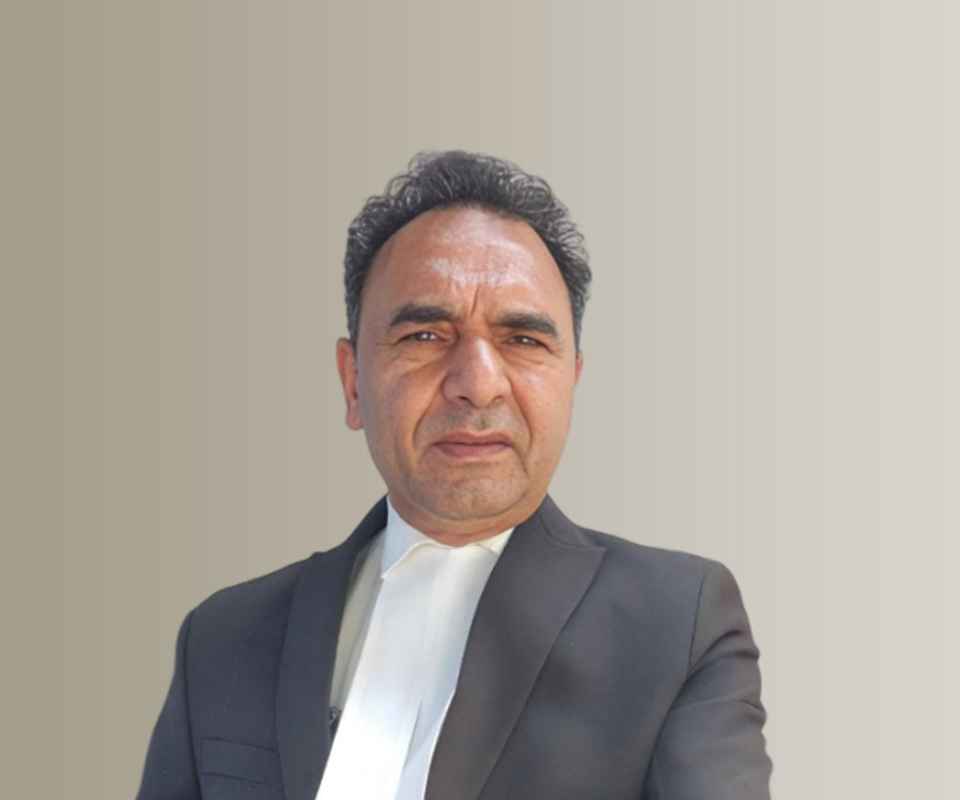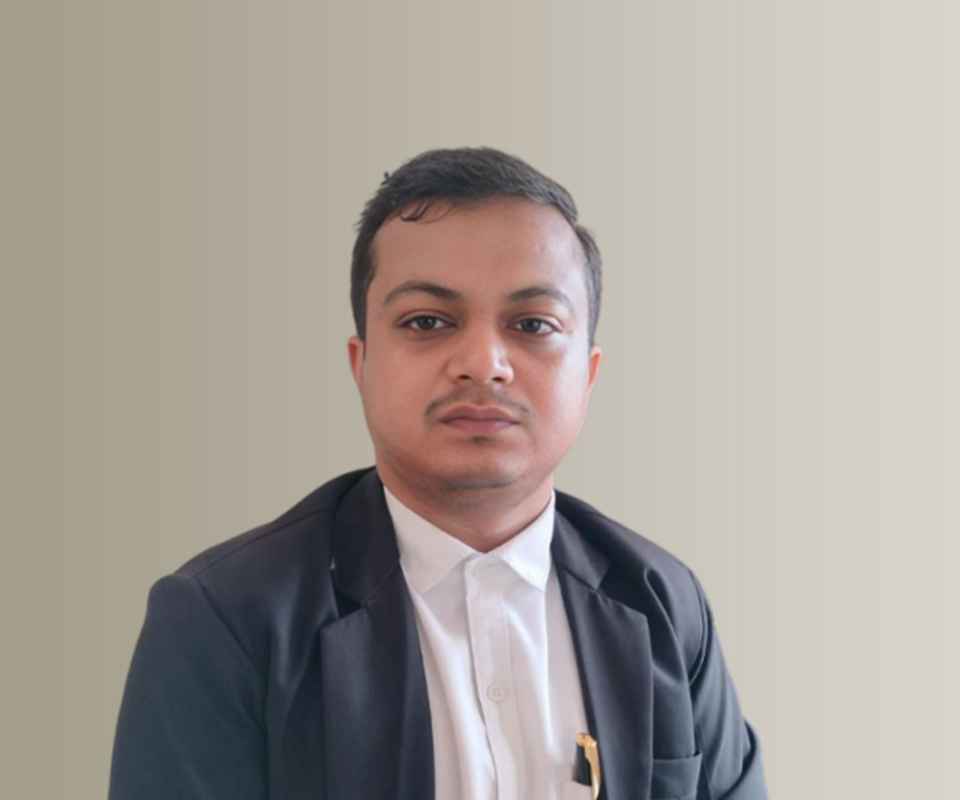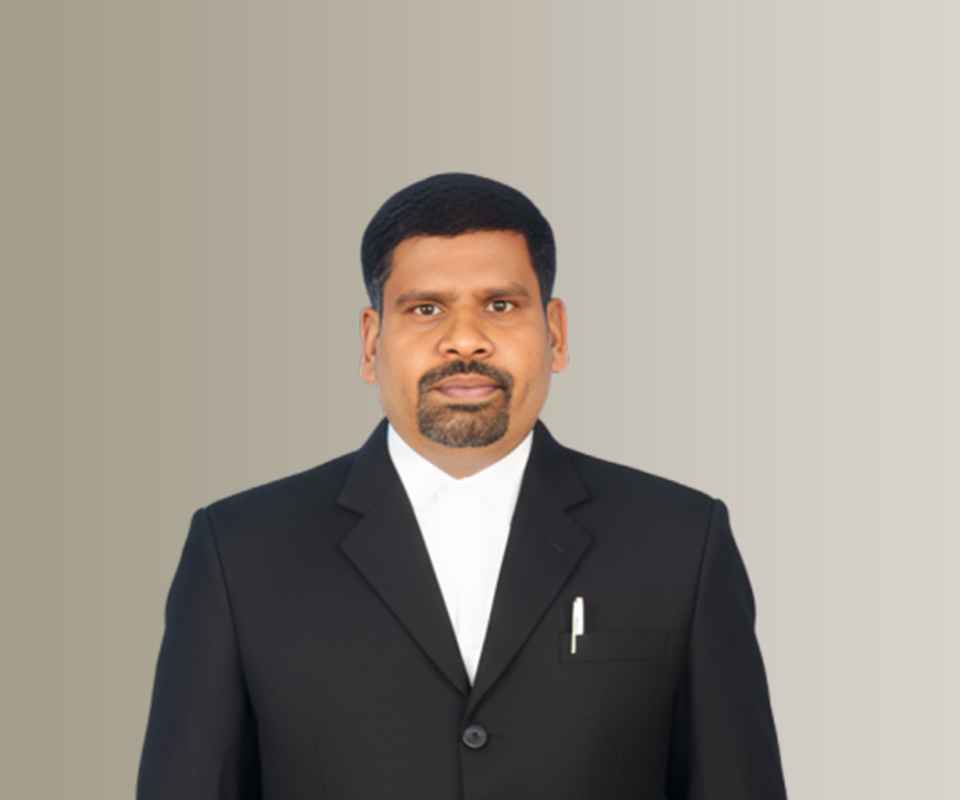Answer By law4u team
The Supreme Court of India exercises various types of jurisdiction as provided under the Constitution of India. These include: 1. Original Jurisdiction: Under Article 131, the Supreme Court has original jurisdiction in disputes: Between the Government of India and one or more States Between two or more States This means such cases can be directly filed in the Supreme Court without going to any lower court first. 2. Writ Jurisdiction: Under Article 32, the Supreme Court can issue writs for the enforcement of fundamental rights. This is a fundamental right in itself, and individuals can directly approach the Supreme Court if their rights are violated. 3. Appellate Jurisdiction: Under Articles 132 to 136, the Supreme Court hears appeals: In constitutional matters (Article 132) In civil matters (Article 133) In criminal matters (Article 134) In any case if the Supreme Court grants special leave (Article 136) It is the highest appellate court in the country. 4. Advisory Jurisdiction: Under Article 143, the President of India can seek the opinion of the Supreme Court on legal or constitutional matters. The Court may choose to give or refuse the opinion. Though the advice is not binding, it carries significant weight. 5. Review Jurisdiction: Under Article 137, the Supreme Court has the power to review its own judgments or orders. A review petition can be filed in case of an apparent error in a judgment. 6. Curative Jurisdiction: Though not mentioned in the Constitution, this is a special jurisdiction evolved by the Supreme Court through judicial interpretation. A curative petition may be filed after a review petition is dismissed, in rare and exceptional cases to prevent miscarriage of justice. 7. Supervisory Jurisdiction: Although primarily vested in High Courts over subordinate courts, the Supreme Court exercises supervisory jurisdiction through its power of appeal and special leave. These multiple jurisdictions ensure that the Supreme Court functions as the guardian of the Constitution, the protector of fundamental rights, and the final authority in judicial matters in India.
